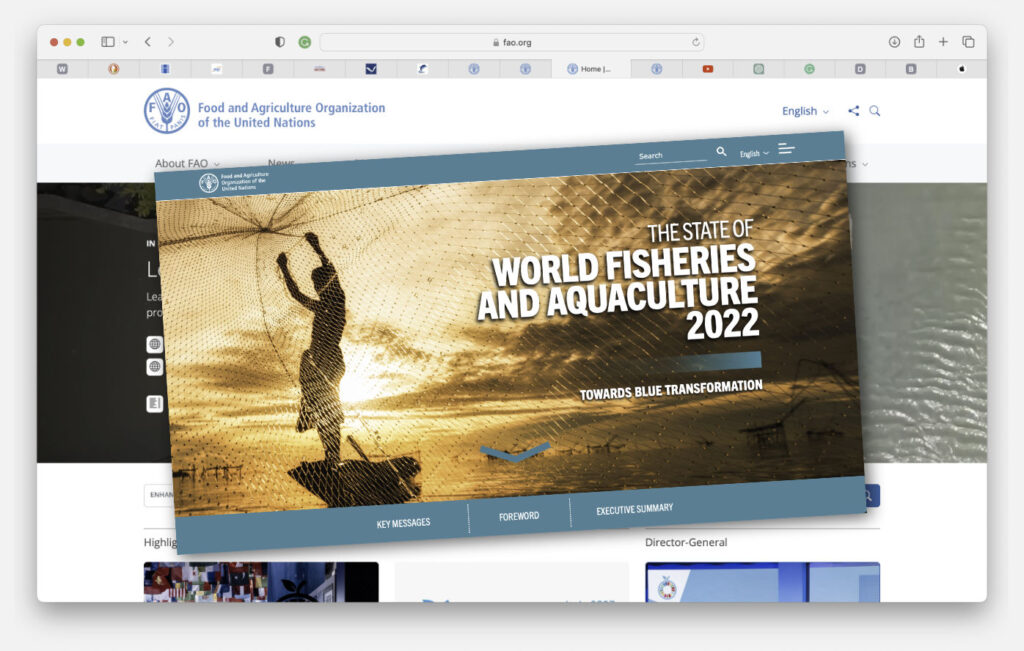- Info CenterHalogen MP5 More Accurate Than Hach CL10 - San Jose Water The Report Details Background San Jose Water...Halogen SensiCLĒNE™ The MP5™ was created with stable calibrations and low maintenance as priority requirements. To that end,...
- Industries & ApplicationsMaritime & Aviation
Potable Water
Airport & AirPLane Monitoring
Inflow Source Monitoring
Tanker Monitoring
INDUSTRIALCommercial Buildings
Industrial Processing
Applications - ProductsHalogen SensiCLĒNE™ The MP5™ was created with stable calibrations and...Real Talk about "Continuous Monitoring" Chlorine Analyzer claims Some manufacturers...
- Contact
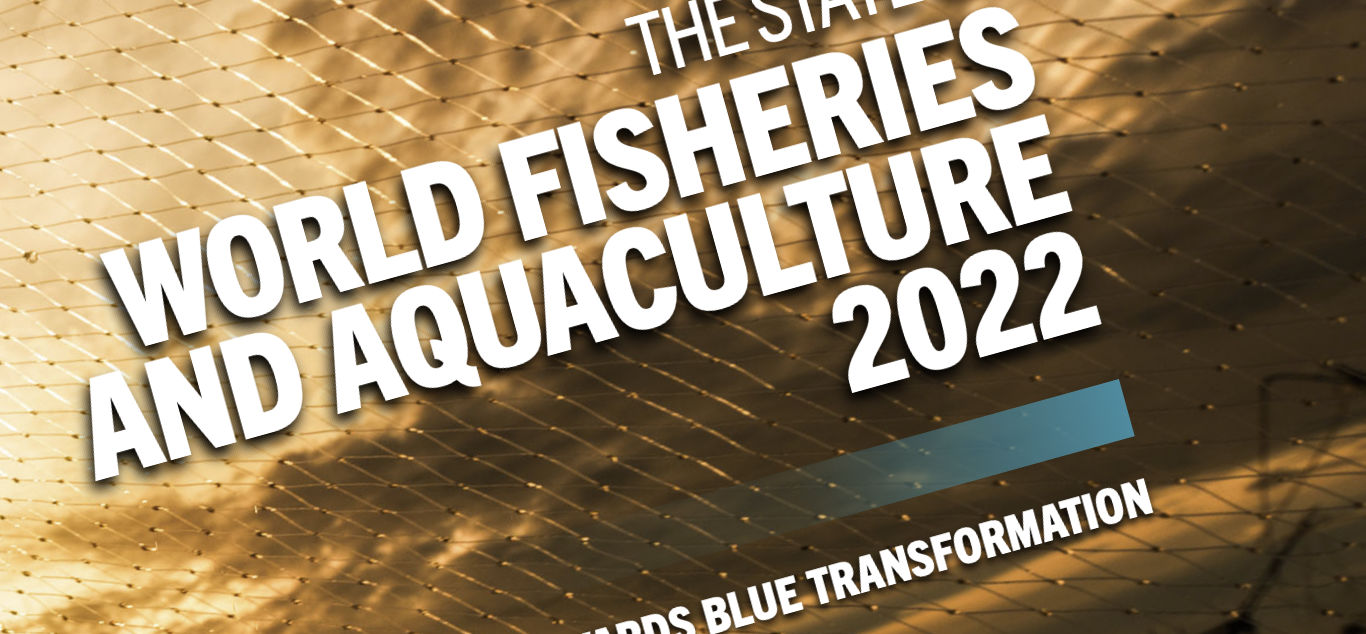
FAO Report: Aquaculture and Aquafarming an Essential Component to World Food Supplies
2022 Report Stresses the Food and Economic Importance of Aquaculture
"The contribution of aquaculture to the global production of aquatic animals reached a record 49.2 percent in 2020."
Food and Agriculture Organization of the United Nations
A 2022 report from the Food and Agriculture Organization of the United Nations (FAO) shows the fast-rising importance of aquaculture (or aquafarming) in meeting the nutrition needs of a growing earth population. 2020 saw a 4.4 percent decline in capture fisheries” however, “this decline was compensated for by a continued growth of aquaculture…”
Food Production Importance
The report shows that aquaculture is an essential part of all aquatic animal production: “The expansion of aquaculture in recent decades has boosted the overall growth of aquatic animal production in inland waters, from 12 percent of total production in the late 1980s to 37 percent in 2020…The contribution of aquaculture to the global production of aquatic animals reached a record 49.2 percent in 2020. Aquaculture of fed aquatic animals continues to outpace that of non-fed aquatic animals.”
Economic Importance
The economic impact of aquafarming should not be overlooked. “Global aquaculture production in 2020 reached a record 122.6 million tonnes, including 87.5 million tonnes of aquatic animals worth USD 264.8 billion and 35.1 million tonnes of algae worth USD 16.5 billion. Around 54.4 million tonnes were farmed in inland waters and 68.1 million tonnes came from marine and coastal aquaculture.”
The ‘Blue Transformation’ Initiative
In order to encourage responsible development of aquaculture for food systems and economic improvements, the United Nations introduced the Blue Transformation initiative. “Blue Transformation is a vision for sustainably transforming aquatic food systems, a recognized solution for food and nutrition security and environmental and social well-being, by preserving aquatic ecosystem health, reducing pollution, protecting biodiversity and promoting social equality.”
This is less easy in nations without the economic ability to educate the many smaller operations on best practices or monitor and enforce environmental mitigation standards. “Developing – especially least developed – countries have limited technical and institutional capacities to ensure effective fisheries management. They require tailored capacity development initiatives with approaches adapted to their financial and human capacity constraints.”
The current growth in the need for aquaculture and aquafarming will continue. The report includes predictions for the demand in 2030. “Total production of aquatic animals is expected to reach 202 million tonnes in 2030, with the main increase coming from aquaculture, contributing 106 million tonnes in 2030.”
The UN places hope in advancing technology to expand food supplies and economic growth while cultivating environmental sustainability. “Technological advances are instrumental for effective implementation of conservation and management measures, by improving data collection, analysis and dissemination, monitoring, control and surveillance (MCS), efficiency, [and] environmental protection…”
"Total production of aquatic animals is expected to reach 202 million tonnes in 2030, with the main increase coming from aquaculture, contributing 106 million tonnes in 2030."
Food and Agriculture Organization of the United Nations
An Aquaculture Water Quality Monitoring Sensor
Halogen Systems’ amperometric sensor lines are well-suited as foundational elements in aquaculture-monitoring solutions in both salt-water and freshwater farms. Self-cleaning and able to monitor Free Chlorine, pH, Temperature, Conductivity, and ORP in a single online, near-time unit, the Halogen TRO and MP5™ sensors provide operators with vital data that will help maintain healthy systems.
The sensors can be deployed directly in source water or discharge pipes, as side-stream flow cells, or simply submerged in a tank. Reporting comes via a MODBUS display controller or an off-grid, battery-powered, cellular telemetry option—ideal for remote monitoring applications. Contact Halogen today to see how their patented amperometric sensor technology can solve issues specific to aquaculture.
SOURCES
Many Applications Benefit from a Self-Cleaning, Low-Maintenance Analyzer
Halogen’s technology helps maintain stable calibrations while lowering maintenance requirements. This combination makes MP5™ a good option for monitoring stations that might otherwise involve constant crew rollouts for operator interventions. When packaged with remote telemetry options, the MP5™ can be the foundation for IoT monitoring solutions. See below for example applications.

REMOTE RESERVOIR
Suspended directly in the a drinking water reservoir, an MP5™ chlorine sensor can report via a cellular telemetry option. When running on an optional battery kit, the MP5™ can sample at predefined intervals and operates with no maintenance interaction for a month.
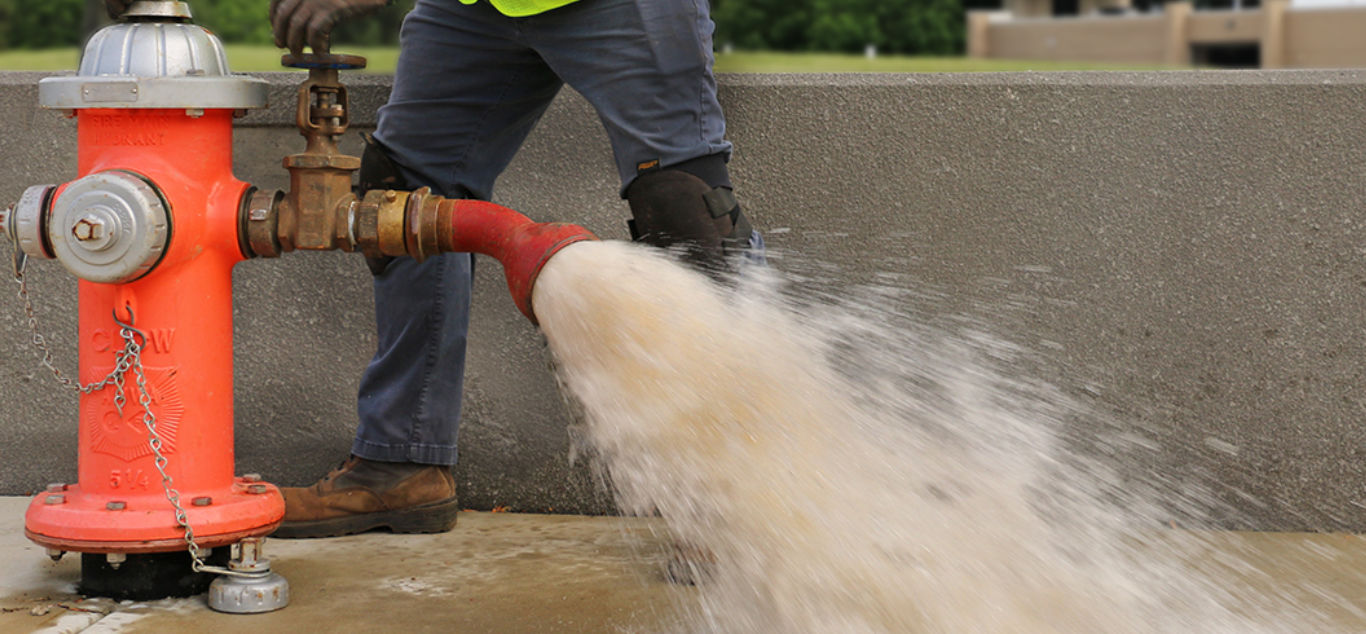
END-OF-LINE TESTING
Municipalities that currently have to roll a truck to know with certainty that homes at the end of the line are getting appropriate PPM can lower costs and increase accuracy by putting an MP5™ directly in the neighborhood water pipe. Data can broadcast via cellular telemetry.
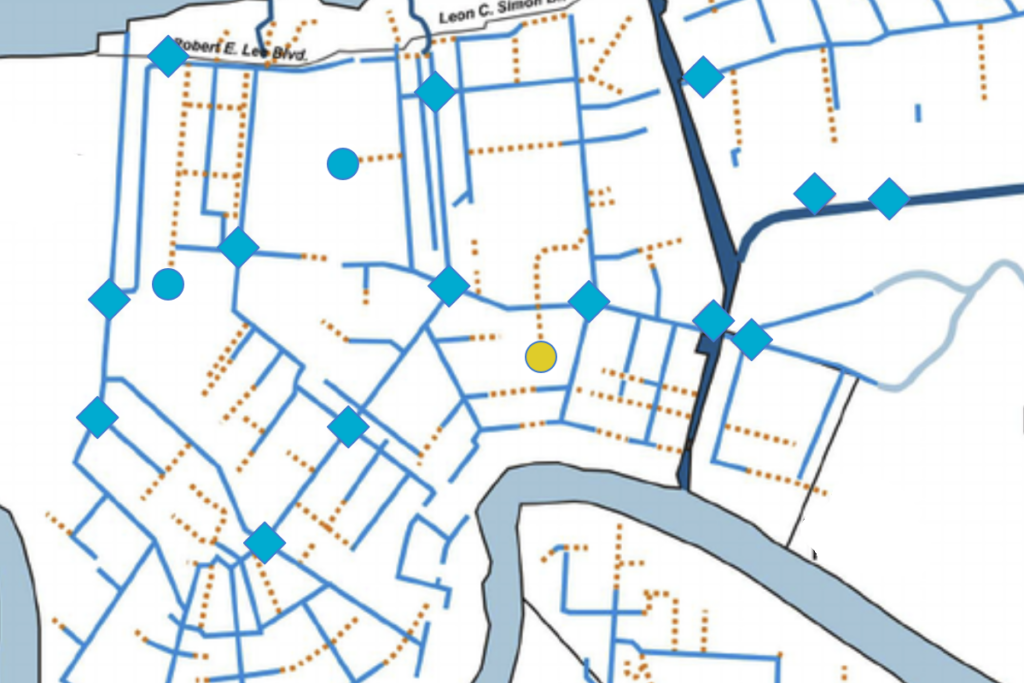
GRID MONITORING
Water aging and other degradation issues in a distribution grid can be discerned by deploying MP5™ analyzers at desired points in the system. Operators can track temperature, conductivity, pH, and even ORP no matter the flow or pressure (up to 10.5 bar) via remote telemetry options.

CRUISE SHIP DRINKING WATER
To guard against Legionella, cruise lines need to monitor chlorine levels in their freshwater tanks, guard against contamination from source providers, and sample at the actual taps. SensiCLĒNE™ technology and the flexible installation options of the MP5™ analyzer allow operators to create solutions that will work in this tough environment.
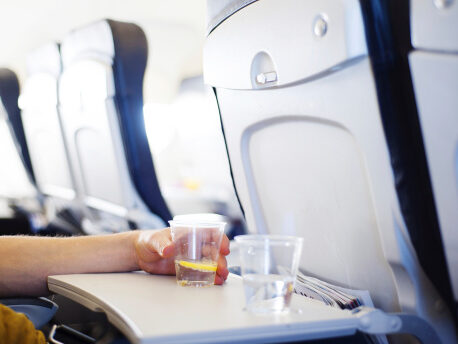
AIRLINE WATER TANKER MONITORING
Studies in the UK show water tankers as a source of contamination in airline drinking water, but monitoring these mobile refill units is a highly manual process, making consistency difficult in a rushed environment. Self-cleaning, durable, and flow-independent, the MP5™ can be the foundation of an source-side solution.
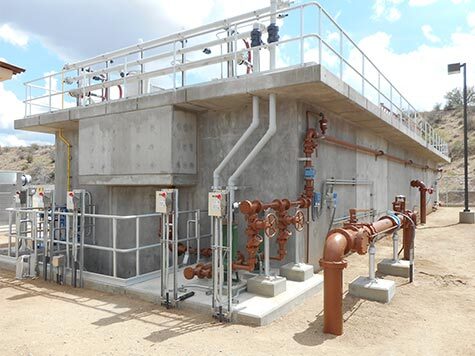
EWR MONITORING
Environmental Water Reclamation (EWR) is a hot topic in areas that are facing water shortages, but remote holding tanks can also become hot spots for all sorts of bacterial growth. Thanks in part to SensiCLĒNE™, the MP5™ is unaffected by flow and turbidity, making it a good choice to build a robust, low-maintenance monitoring system.
